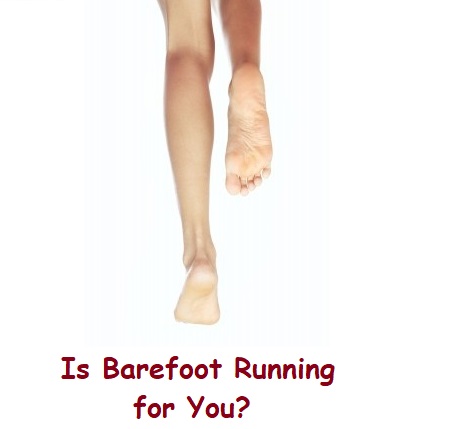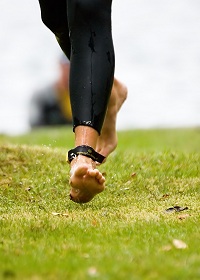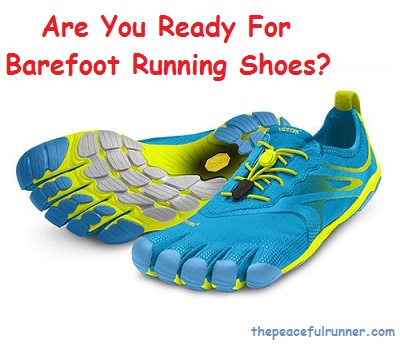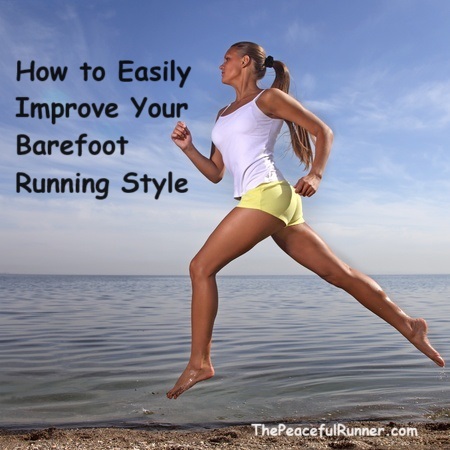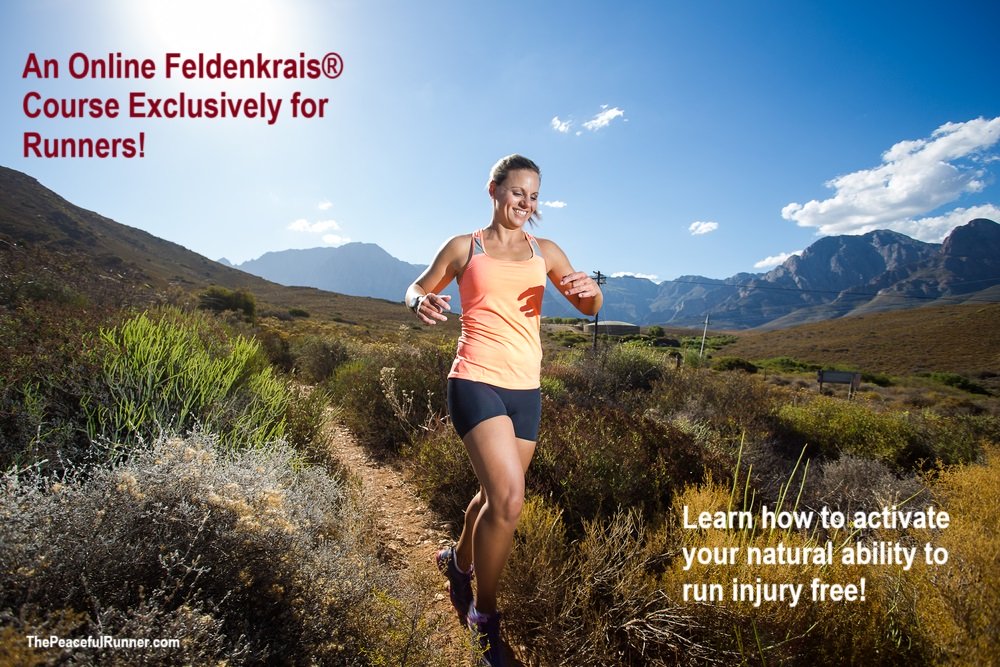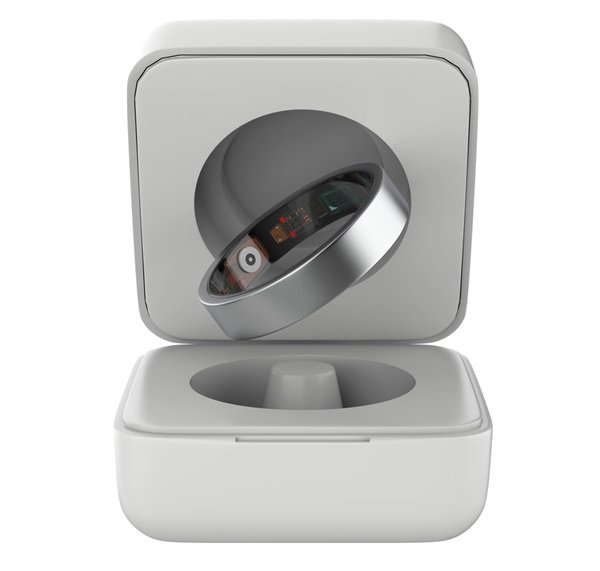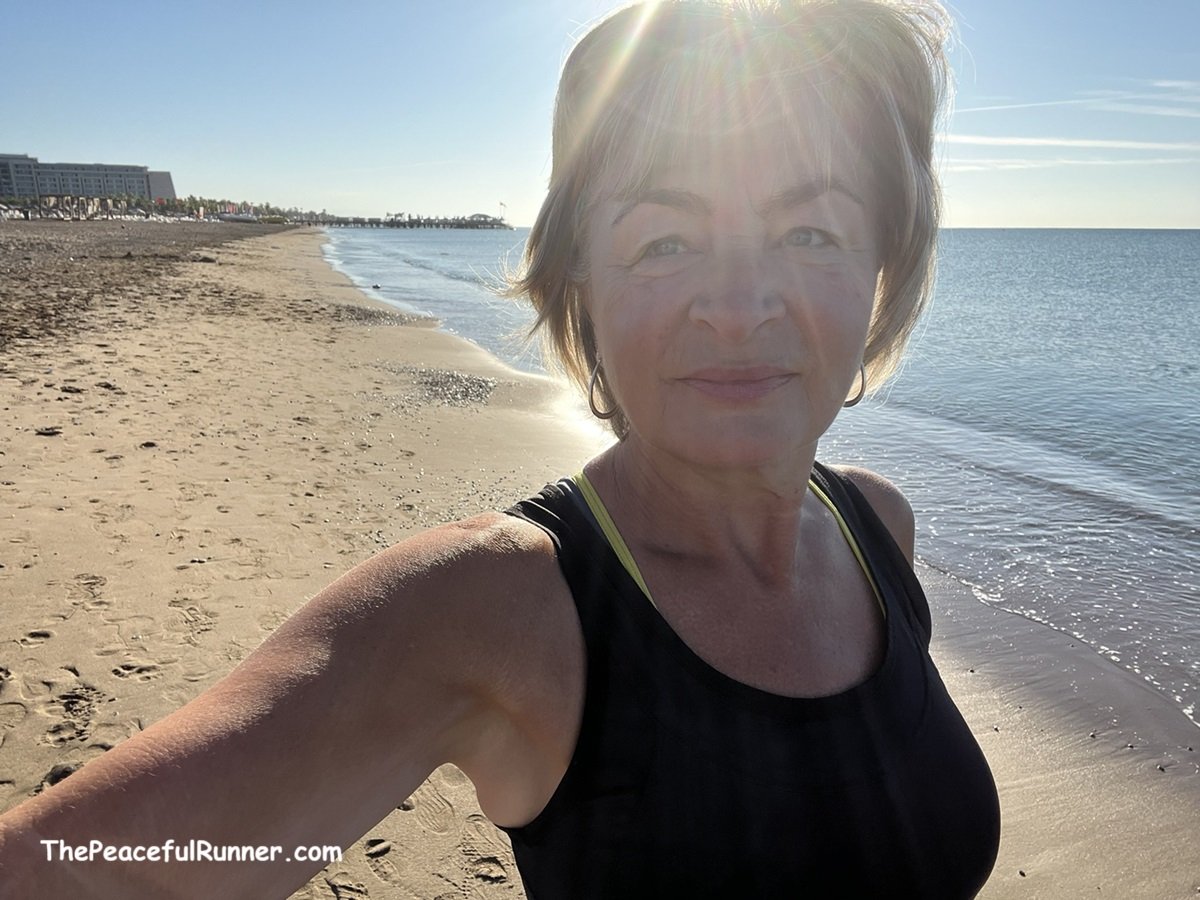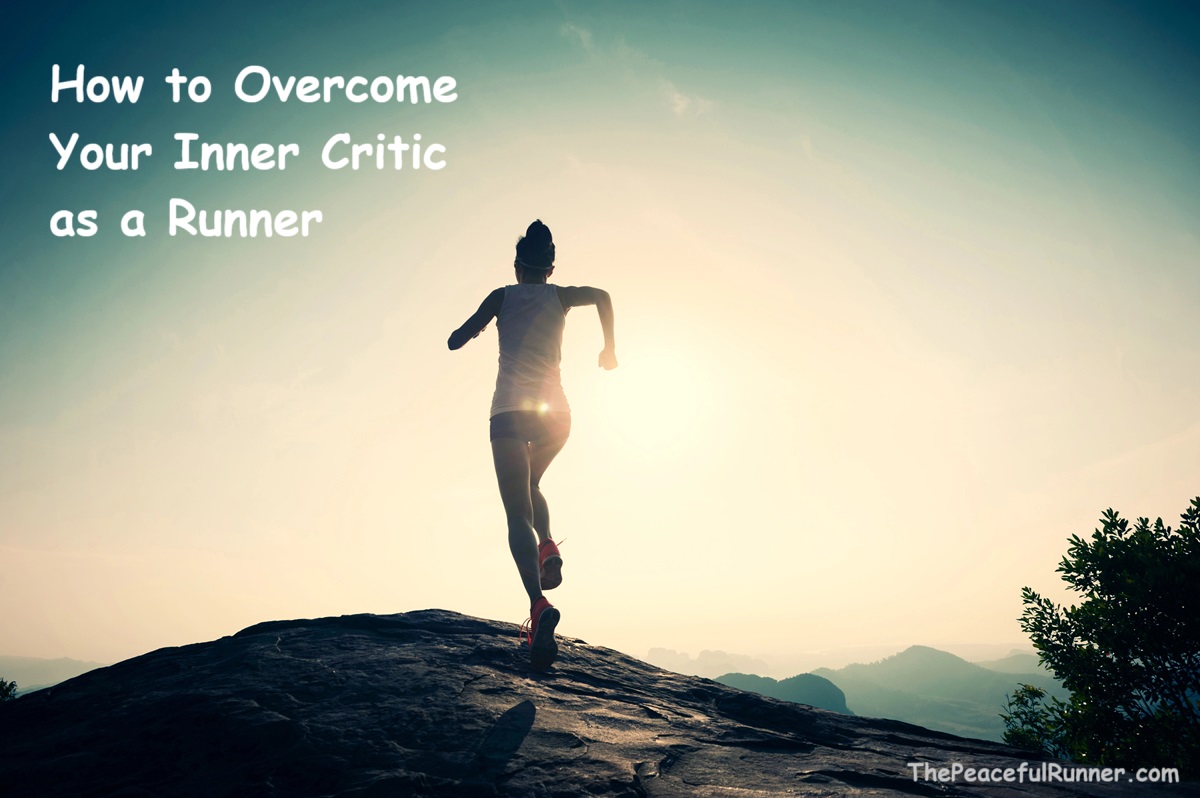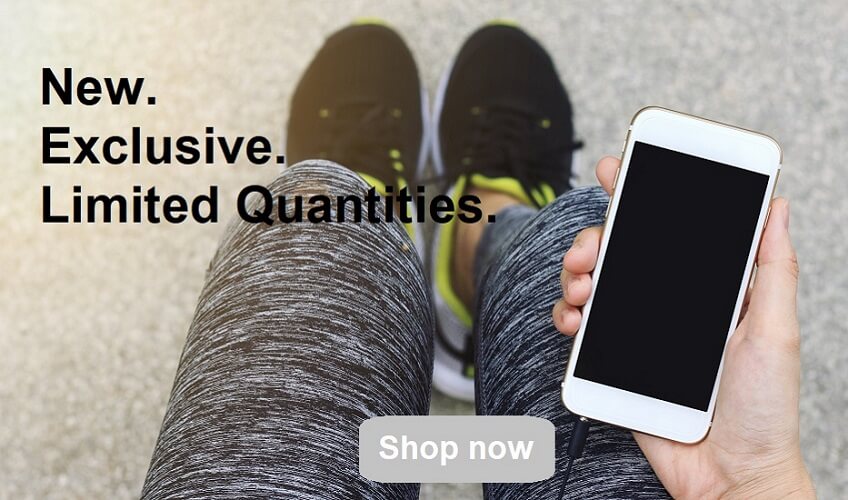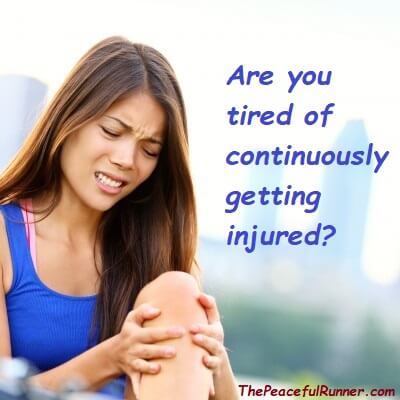- Home
- Barefoot Running
Is Barefoot Running for You?
Barefoot running is not new, although many runners are trying it for the first time. It has been changing and evolving for the past 2 million years. In the days of the ape-man, we used to run just to survive and we did it barefoot or with minimal foot coverings. The design of our feet, which includes 20 muscles, 100 ligaments, 33 joints and 26 bones, makes us unique in nature. This complex system gives us the ability to move quickly and efficiently in an upright position defying gravity—unlike any other creature on earth.
Until the 1970s, we continued to run in minimal shoes, running flats or bare feet. Then the cushioned running shoe with a thick heel was invented. Many believe that these shoes are the cause of a high percentage of runners getting injured each year -- up to 80 percent.
The thick heel has changed the running foot strike of runners from a forefoot or mid-foot strike to a heel strike. As more and more evidence is gathered to support this theory, many have decided to go back to grass roots and run barefoot -- often with fewer injuries.
Running barefoot is a more natural way of running. Runners receive feedback from their feet, increasing their ability to listen to their body and respond instinctively. It increases body awareness as runners focus more on how they run when their feet are less cushioned.
Shoes on the other hand, de-sensitize the feet and runners become less aware of how they are moving. The densely padded heel elevates the foot and causes misalignment of the body, resulting in a bad running posture. Runners cannot utilize or strengthen their natural arches due to the thick arch support in these shoes.
Supporting Evidence
Numerous reports and studies have been completed as far back as 1905 to support the benefits of barefoot running. In 1905 pictures were taken of habitually barefoot feet (below) and compared with pictures of habitually shoed feet. The toes on the barefoot feet were spread out creating a wider and more stable base. It was also possible to draw a straight line from the heel to the big toe indicating a perfect naturally aligned foot looking very similar to the foot of an infant.
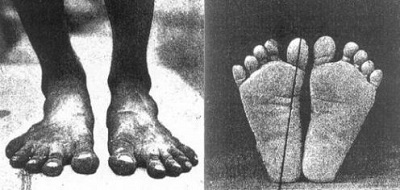
The toes on the shoed feet (below) were crowded to a point and had taken the shape of the shoe. A straight line could not be drawn from the heel to the big toe indicating misalignment and the negative affect shoes can have on feet. The feet looked distorted and unable to provide the wide base necessary for proper alignment and balance.

In 2004, Dr. Timothy Noakes conducted a study comparing the impact of forefoot strikers and heel strikers. The study concluded that the forefoot strike used by barefoot runners results in less than 50 percent shock through the knees than a heel strike -- the most common strike for shoed runners.
In 2010, Dr. Daniel E. Lieberman, Harvard University, released the results of a study comparing the mechanics of barefoot runners against those who wear cushioned running shoes. The study determined that most barefoot runners land with a forefoot or midfoot strike and most shoed runners land with a heel strike.
The study also concluded that the forefoot or midfoot strike results in almost no impact, while a heel strike has an impact of up to three times the runner's body weight. This supports the theory that heel striking can cause running injuries.
The best-seller, Born to Run, by Christopher McDougall, uncovers the running secrets of the Tarahumara Indians of Mexico. Members of this tribe are known for their 100 mile runs wearing only minimal foot coverings. They run effortlessly and without injuries practically their entire lifetimes.
These Indians do not do strength training, stretching, icing, taping or any other ritual necessary to deal with or prevent injuries. The habits of this tribe provide more evidence to support the theory that the modern running shoe does nothing to prevent injuries and in fact, probably contributes to the increase in injuries since their inception in the 1970s.
What are the Benefits of Barefoot Running?
Runners are becoming more aware of the benefits of running barefoot as there are increasingly more runners completing marathons and ultra-marathons in their bare feet with fantastic finishing times. This increase hasn't gone unnoticed as many of the larger marathons are now offering a barefoot division.
Barefoot runners are touting the many benefits of minimalist running. They have experienced a more efficient running form as their feet provide instant feedback and their body adjusts naturally into proper alignment.
Since switching to running barefoot, they are now natural forefoot strikers with strong natural arches. Their feet land well-positioned underneath their hips with a shorter stride. They experience less injuries resulting in more available training time and better performances.
Shoed runners on the other hand usually heel strike, which causes more stress on impact especially on the knees. Their feet land outside their center of gravity and they over-stride often resulting in overuse injuries.
After the initial adjustment to running barefoot, many find they are running faster with improved agility and strength and increased endurance. Their calves and feet are stronger and black toenails from running are no longer an issue.
In response to the many runners who want the barefoot experience but still want to protect their feet from stones and debris, a vast selection of minimalist running shoes or barefoot running shoes have appeared on the market.
Companies such as Vibram, Nike, Terra Plana, Saucony, Feel Max, Skora, New Balance, Newton, Merrell and many others are competing to provide the best option in barefoot running shoes. Many of these shoes last longer than the regular padded shoes as there is less cushioning to wear out -- particularly in the Vibram FiveFingers shoes.
Making the Transition
If you are considering switching to a barefoot running style, you will need to transition slowly. Running barefoot requires a lot of strength in your feet and your calves that you probably wouldn't have developed otherwise.
Begin by walking barefoot on a hard surface as often as possible. Add or increase your barefoot running segments very slowly - no more than 10 percent each week. Listen to your body! If you are getting sore, slow down or stop, rest and try again later.
Be wary of this Common Barefoot Running Injury that transitioning runners often make.
It is common to experience sore calf muscles and sore foot arches when making the transition. You will need to pay extra attention to these areas when stretching. Self-massage will also help heal these areas.
Barefoot Running by Michael Sandler is a comprehensive step-by-step guide that can help you safely transition to barefoot running.
It is important to learn the correct Running Form for barefoot running. When running, ensure that you have a shortened stride and that your feet land beneath your hips. Some runners use the 100-Up Exercise to improve running form and strength and some practice a forefoot strike while walking to help modify their foot strike.
Most minimalist runners naturally adjust their posture, shorten their stride and run gently, but some do not. If your posture and stride remain the same as when shoed, then you will not experience all the benefits that running barefoot has to offer and you will probably become injured.
Not ready to switch to barefoot running? Why not start with toe socks for running? They provide an enhanced running experience with improved toe alignment, stronger foot muscles, proprioception, improved stability and balance with a reduction in friction and blisters - all while wearing your regular running shoes.
Are you a Barefoot Runner?
Has it improved your running? Do you have advice for anyone considering barefoot running? Please share your experience. We would love to hear your story and feel free to add pictures.
It's easy to share - just enter the title of your experience to begin....
Read/Comment on Other Runners Comments
Click below to see stories from other runners...
Using Luna Sandals at 68 in first half-marathon...
I am a relatively newcomer to running, as I started with a 0-3k group when I turned 65. Now, I am 68, running regularly with a local athletics club …
Dental Assistant with Degenerative Disc Disease of the Neck Runs Again after 7 Years:)
Being barefoot is healing me! After Dental Assisting for 7 years I was diagnosed with Degenerative Disc Disease of the neck (C6) area. Up to this point …
The Best - Barefoot Running!
My first 12km barefoot run this morning. Apart from a blister I feel fantastic. No pain in my body and yes--I am a 52-year-old woman.
Running Barefoot for six years
I have been running barefoot for six years. This year I ran six marathons! I average over forty miles per week. No knee pain, no back pain. It is the …
Back to Top
- Home
- Barefoot Running
FTC Disclosure: As an Amazon Associate, I earn from qualifying purchases.
Learn more.
NEW FEATURE - DISQUS COMMENTS!
Login using Facebook, Twitter, Google or Disqus.
Recent Articles
-
Make 2025 the Year you Break Free from Injuries for Good!
Jan 07, 25 08:20 AM
-
Even runners are not immune to the dangers of sitting too long during the day!
Jan 03, 25 11:46 AM
-
Everything You Need To Build An Online Business! - Solo Build It!
Dec 29, 24 12:40 PM
-
A Holistic View of Your Health and Fitness With Oura®!
Dec 16, 24 07:43 AM
-
Happy to be Running on the Beach Again!
Dec 13, 24 10:37 AM
-
Learn How to Run With the Whole Body in Just 30 Days!
Nov 13, 24 09:30 AM
-
I highly recommend the #PRPocket
Nov 02, 24 11:13 AM
-
All runners need to know about this book!
Oct 31, 24 11:29 AM
Thank you for this article! What an important message you share that many runners may not be aware of in “Running with the Whole Body.” Jack Heggie’s -
The Way You Breathe While Running Could Be Causing Injuries
Oct 30, 24 04:33 AM
-
Silence Your Inner Critic
Oct 02, 24 12:59 PM

